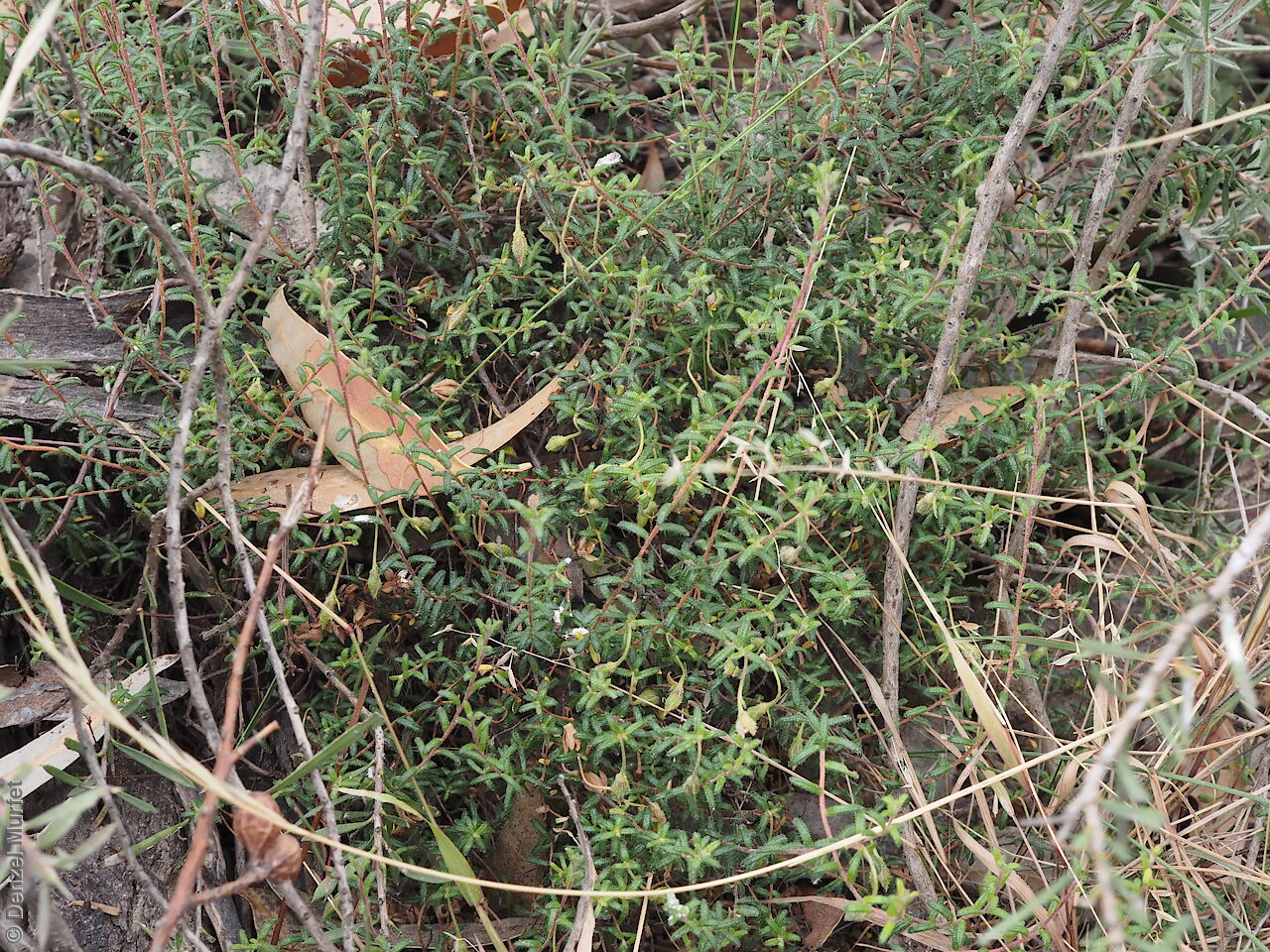
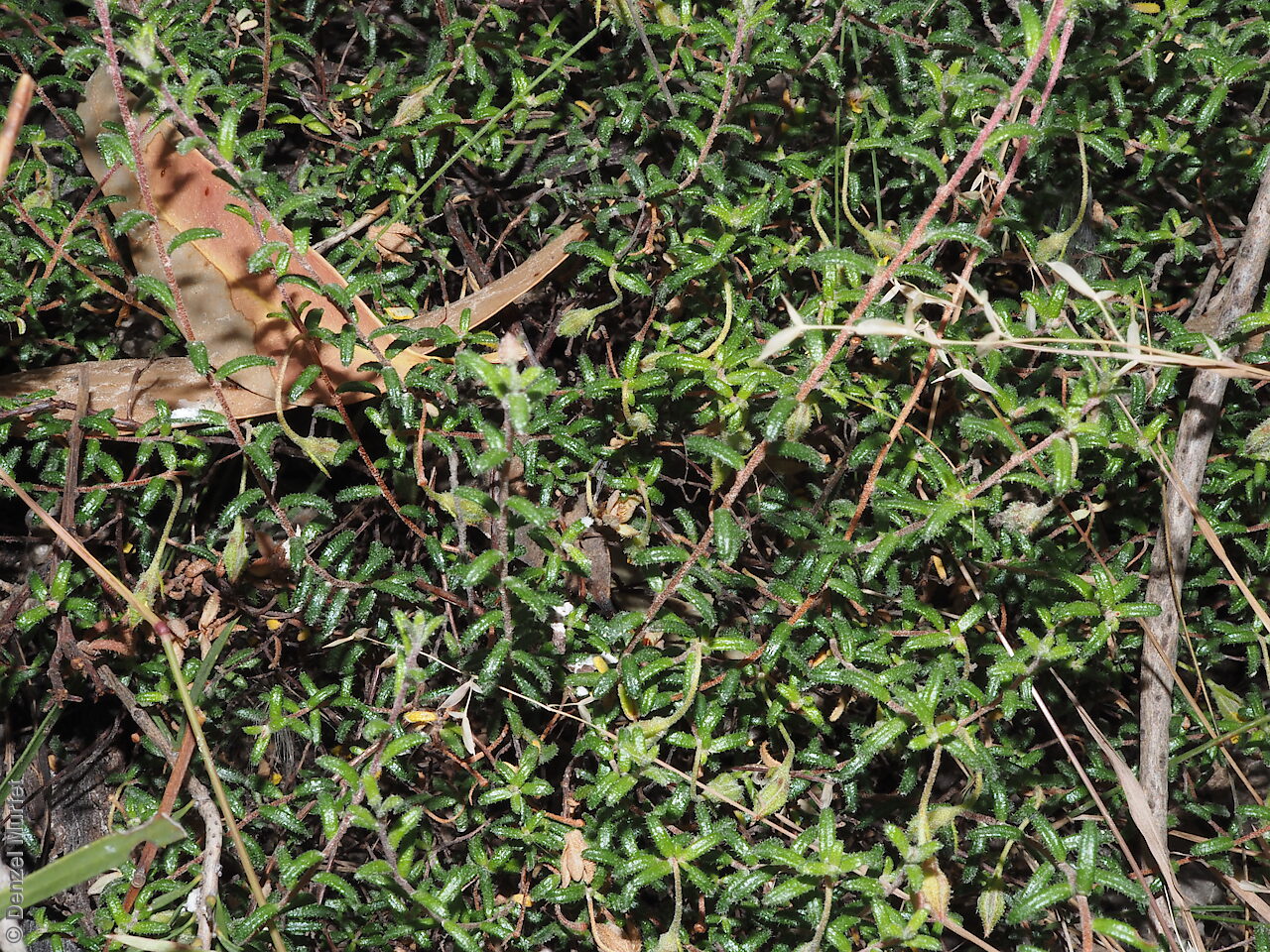
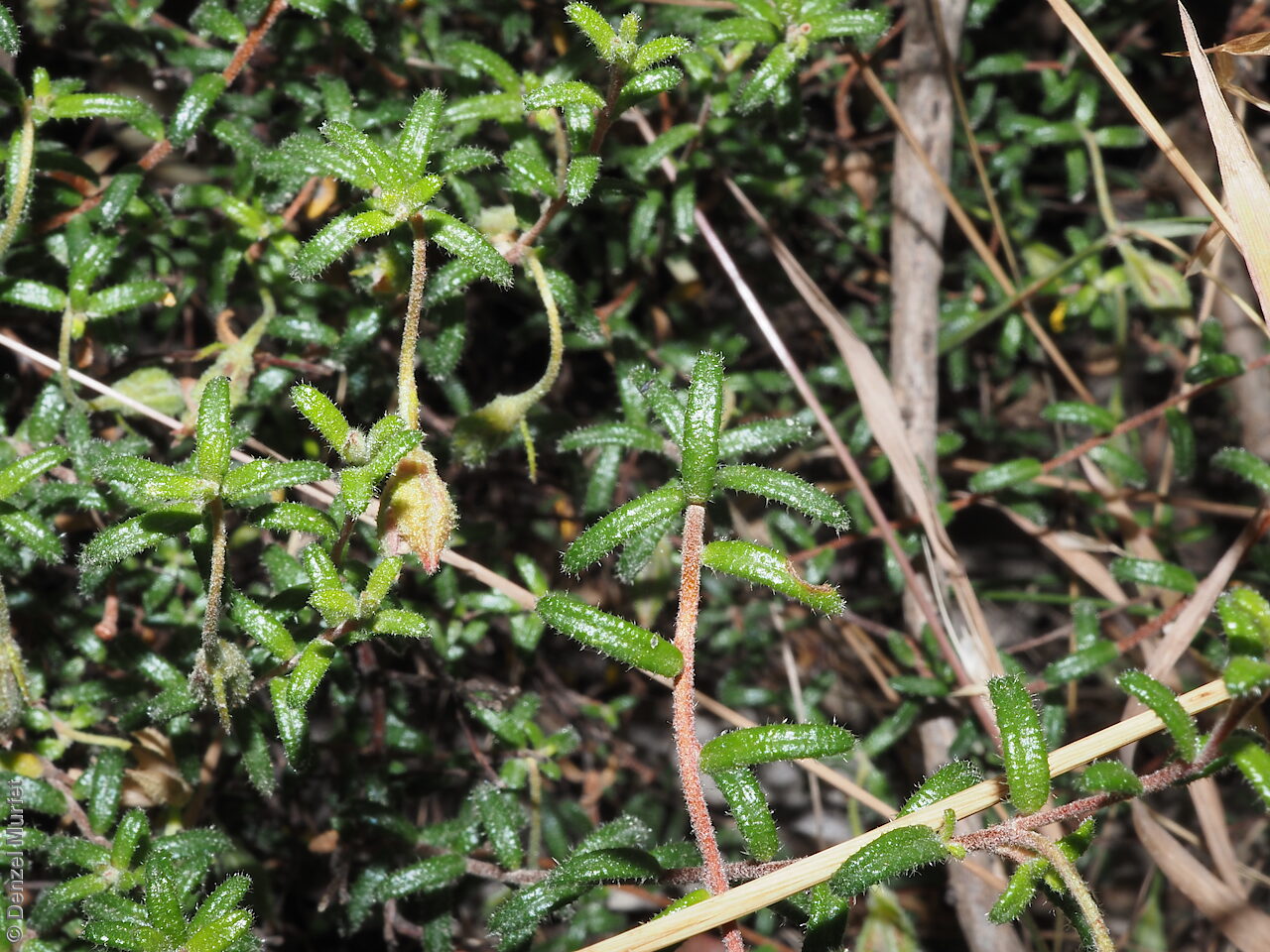
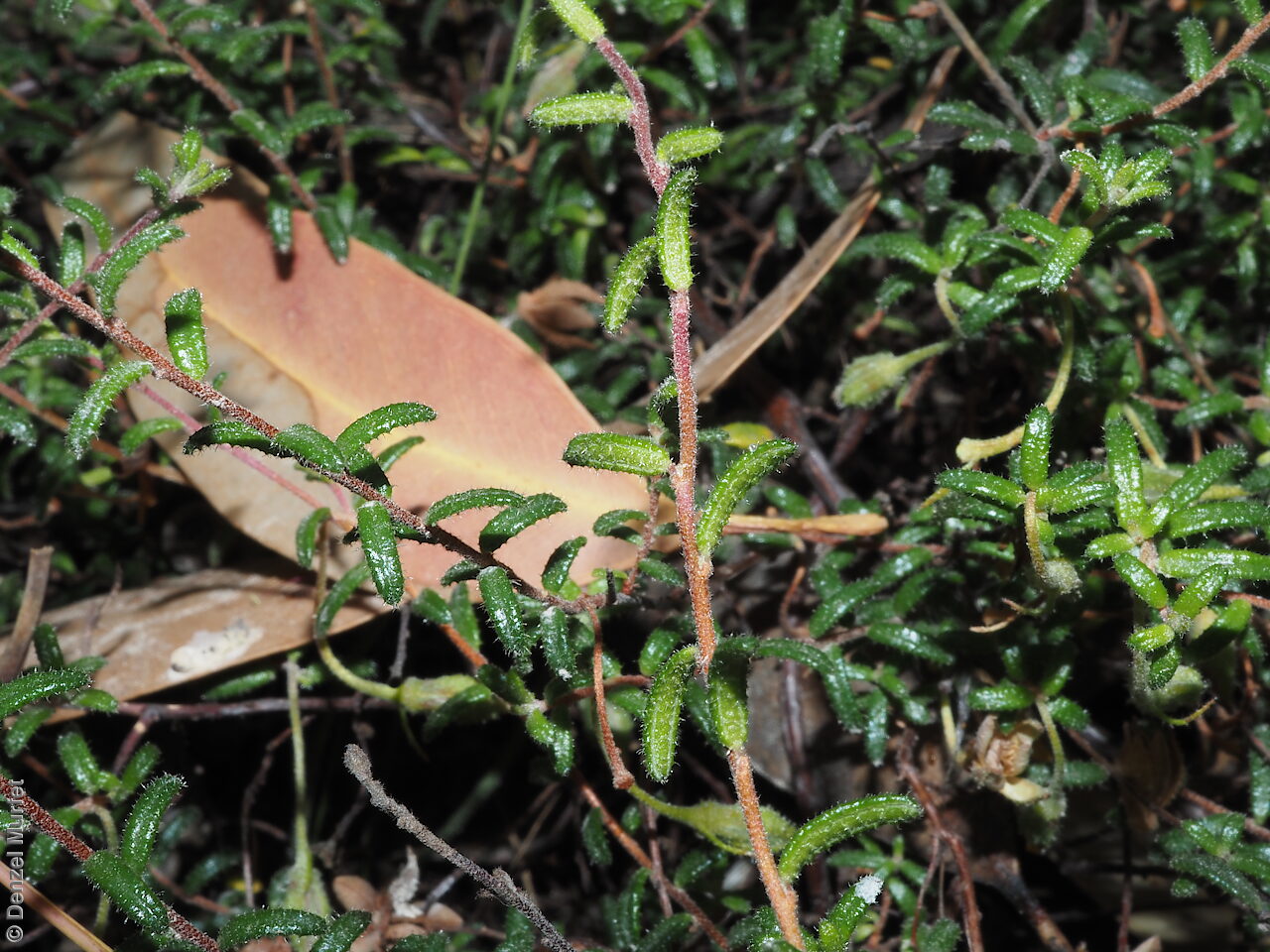
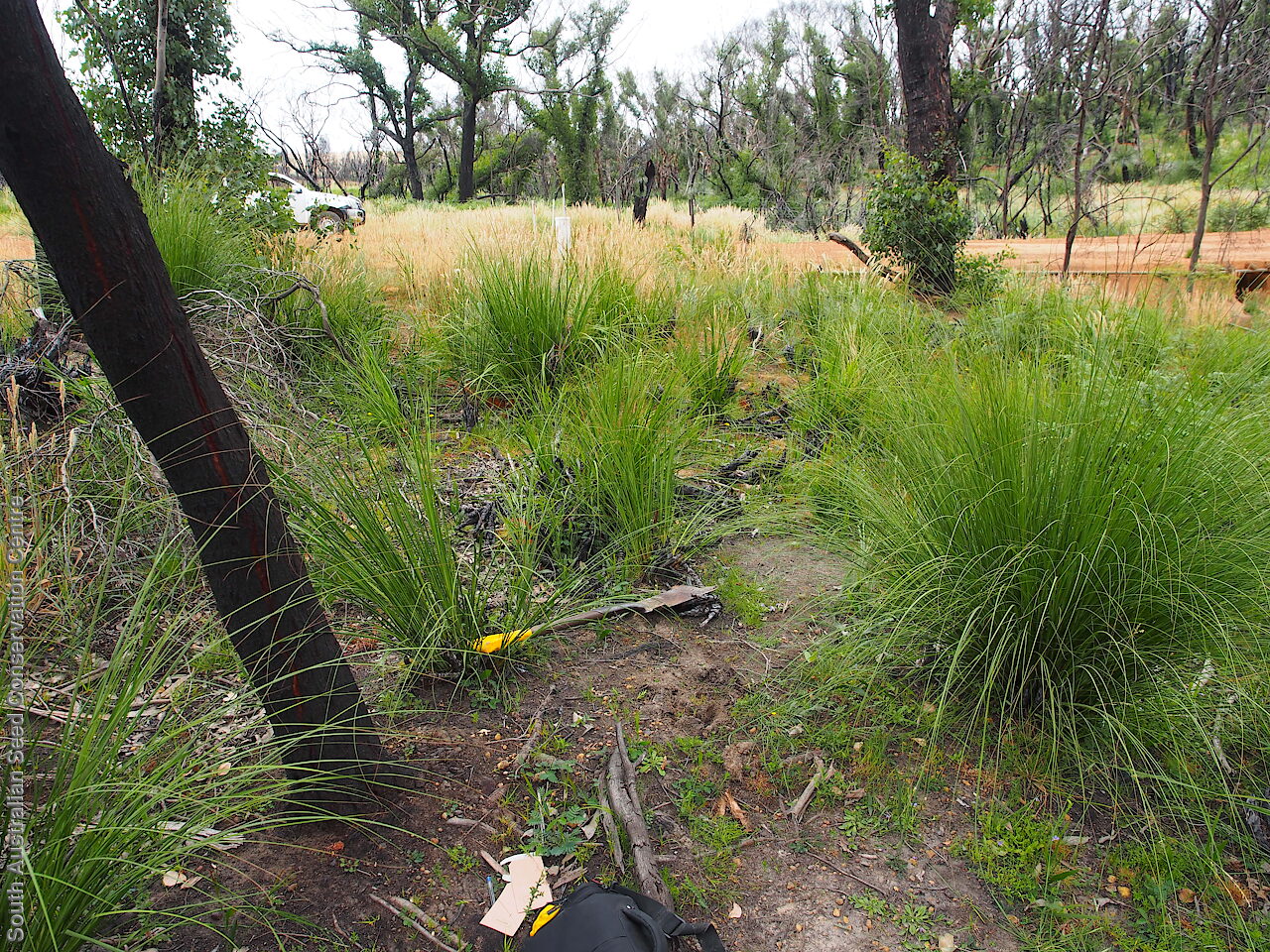

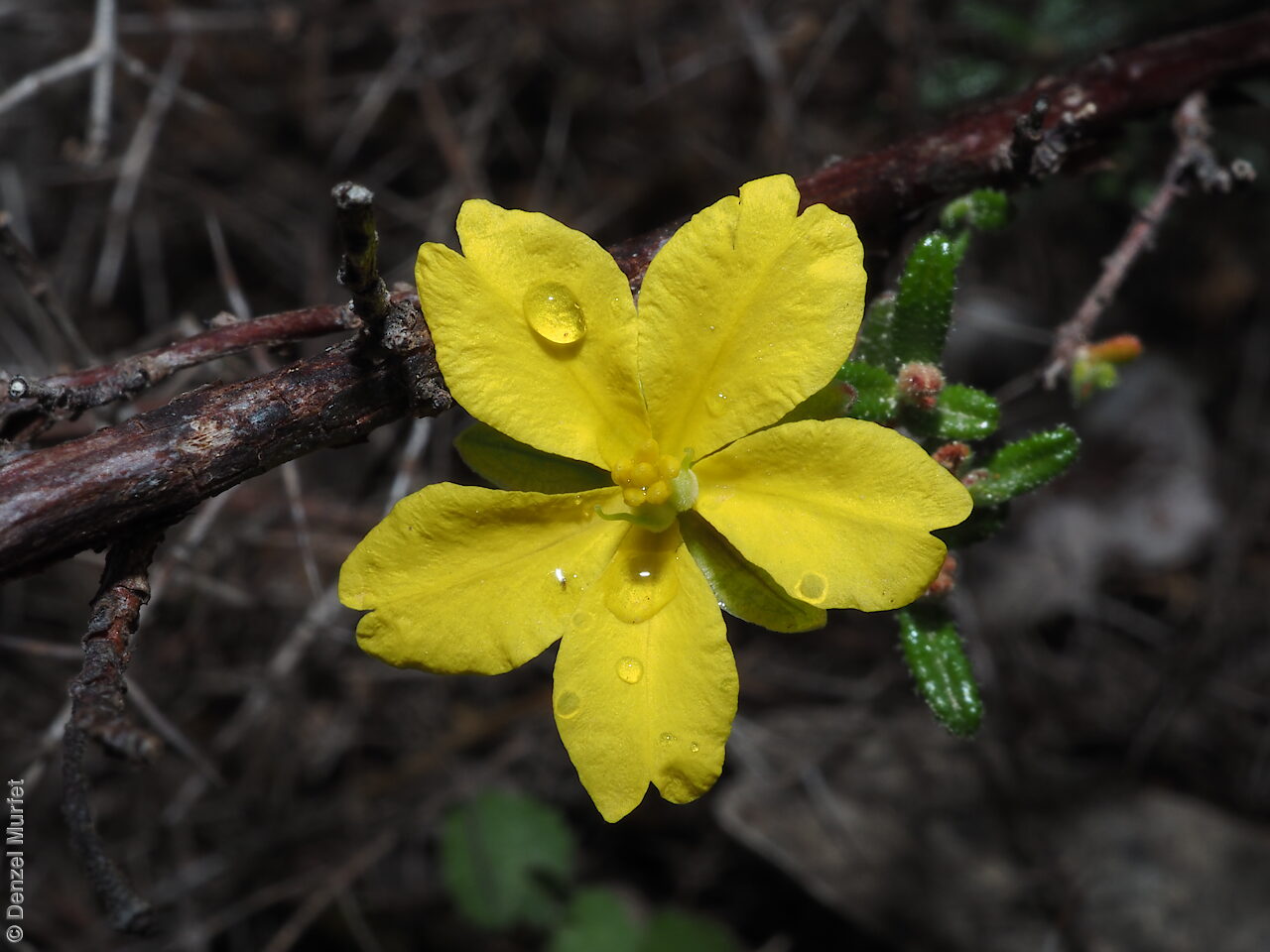
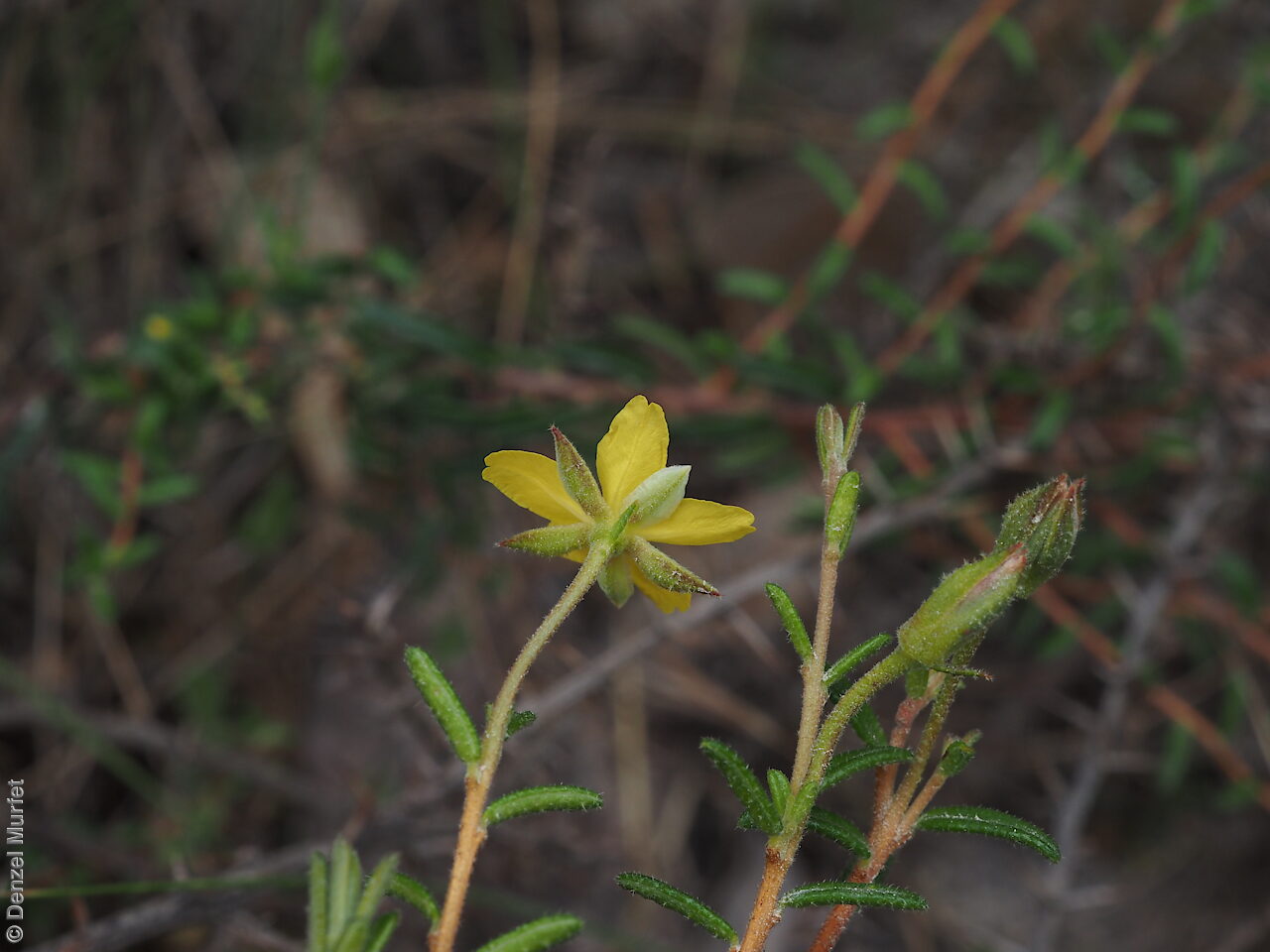
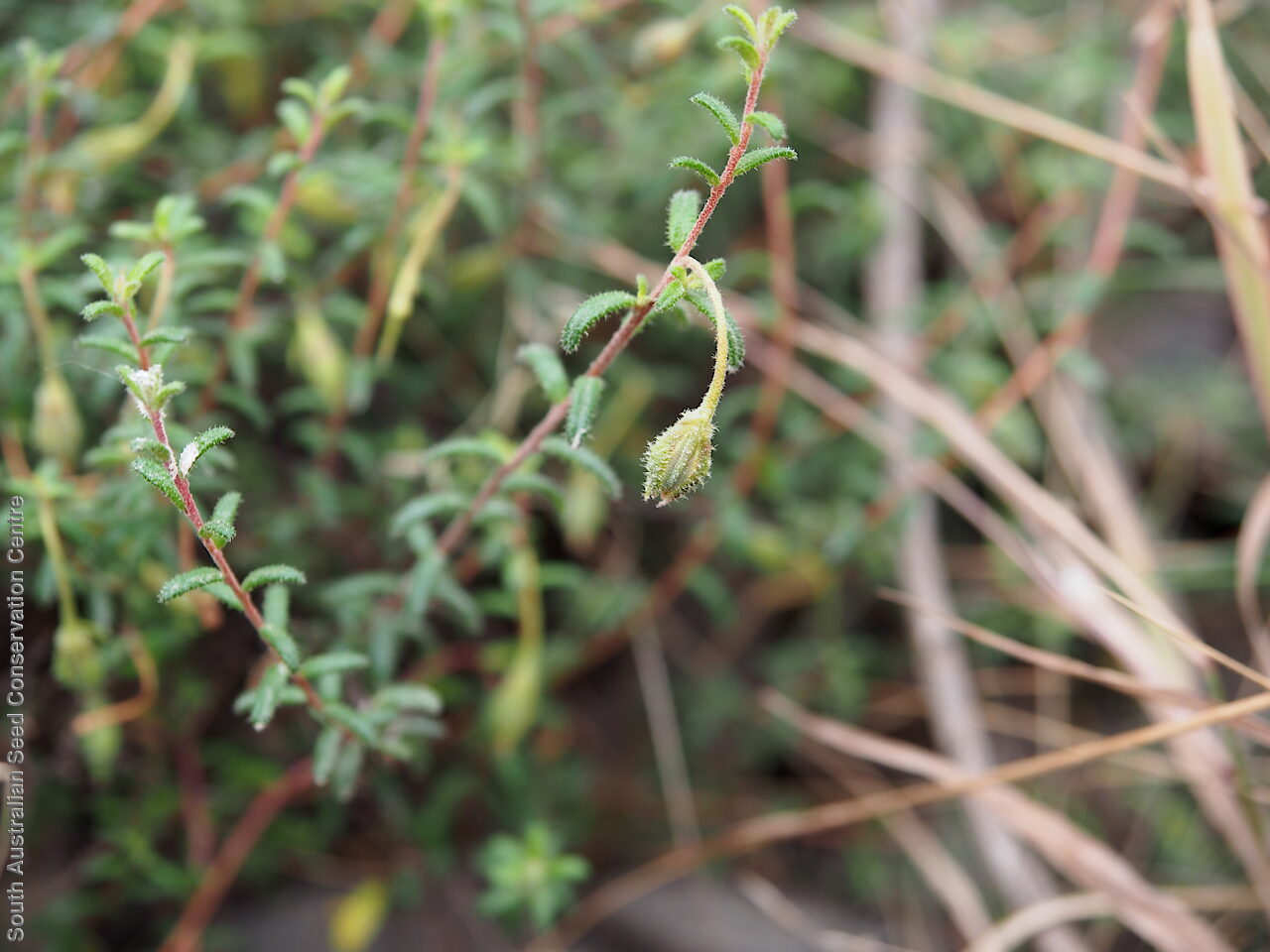
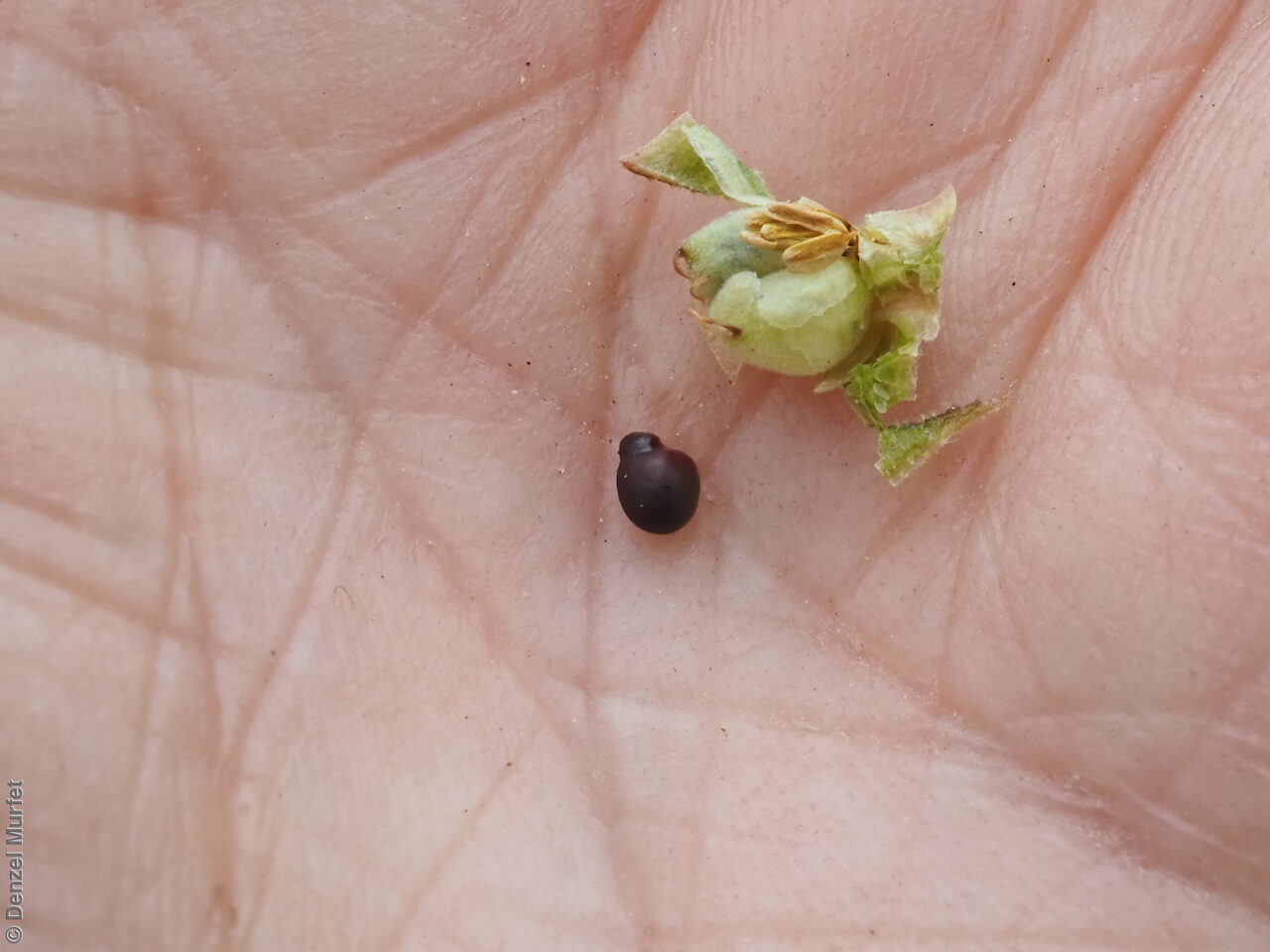
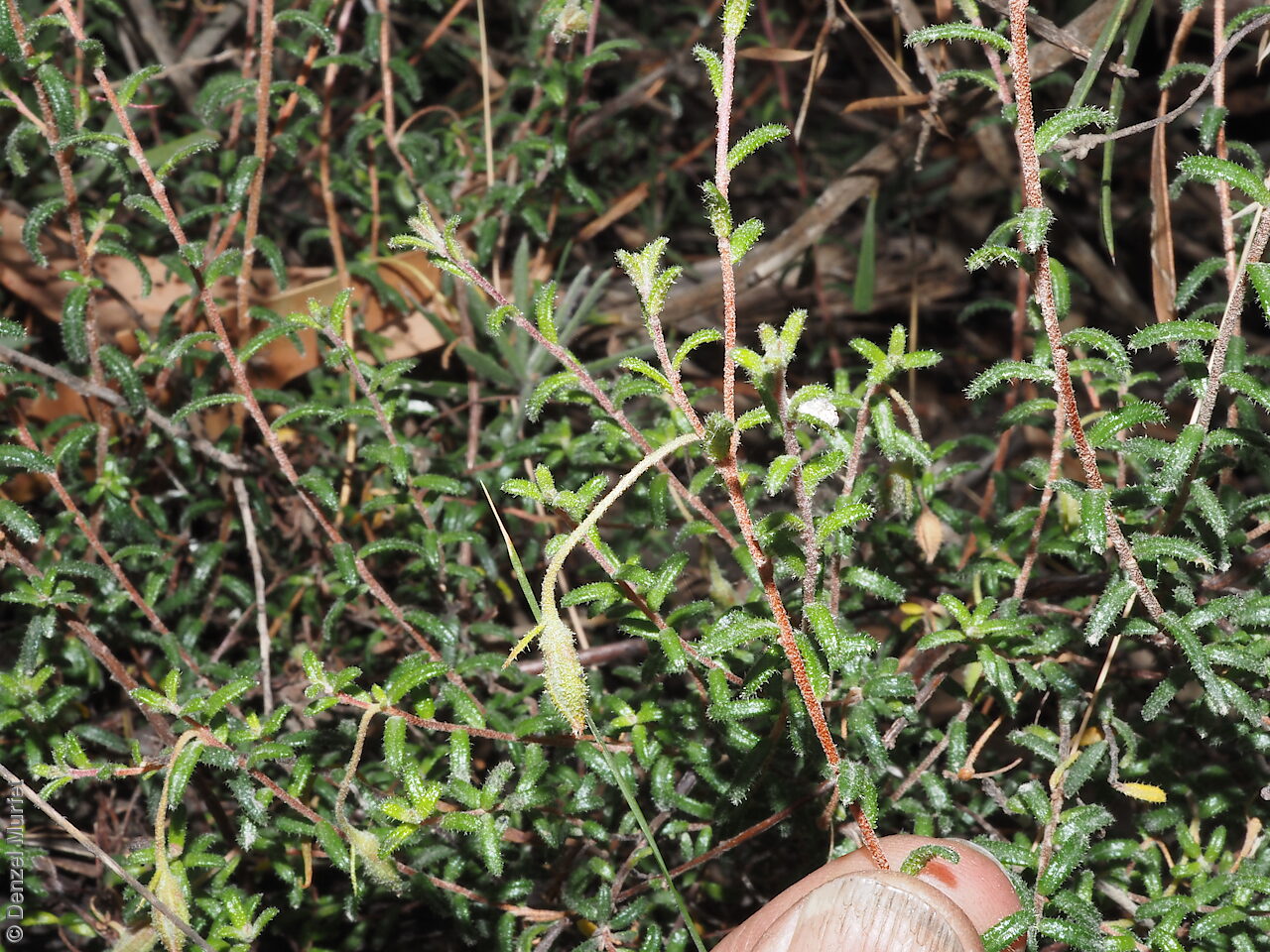
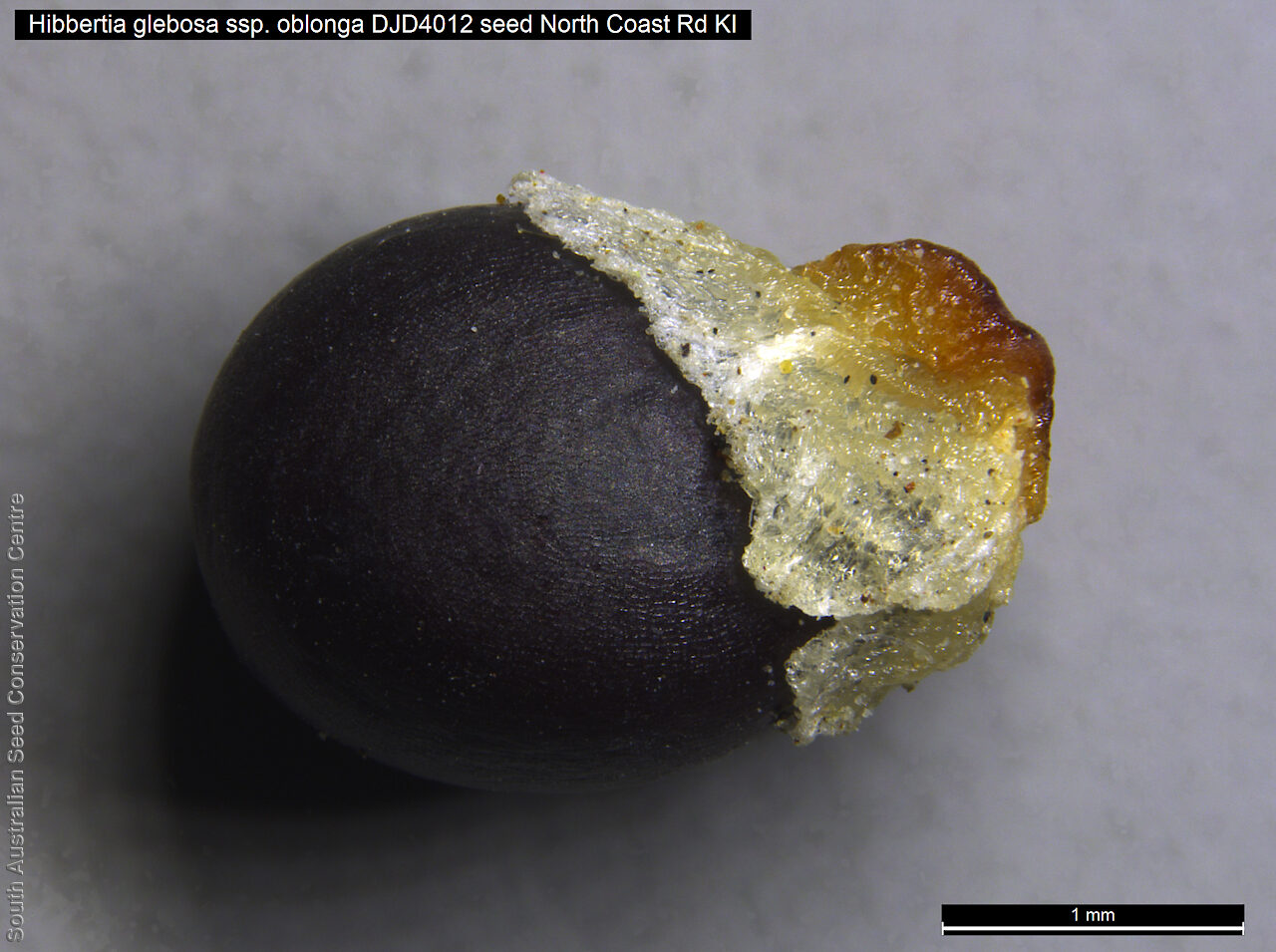
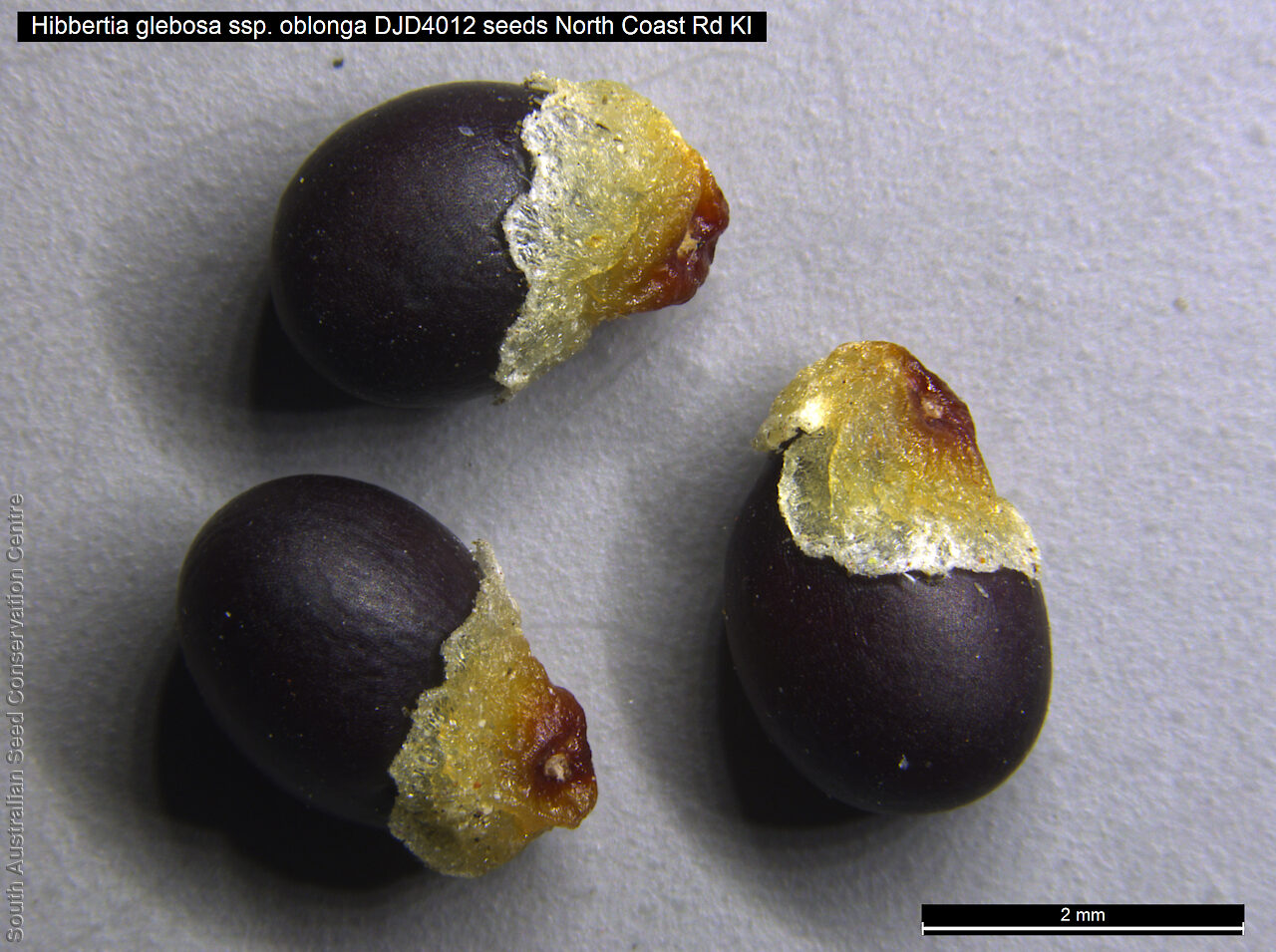
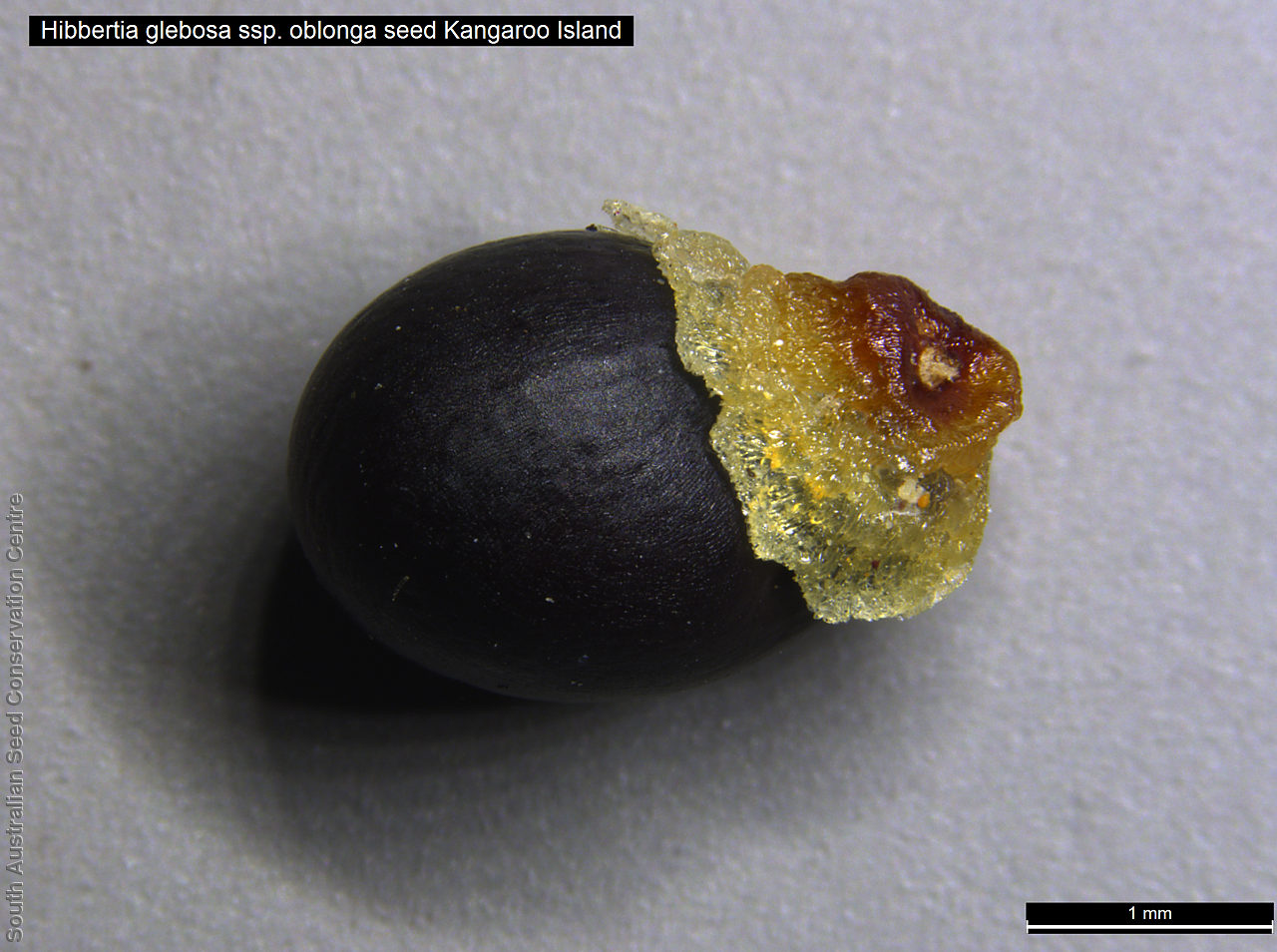
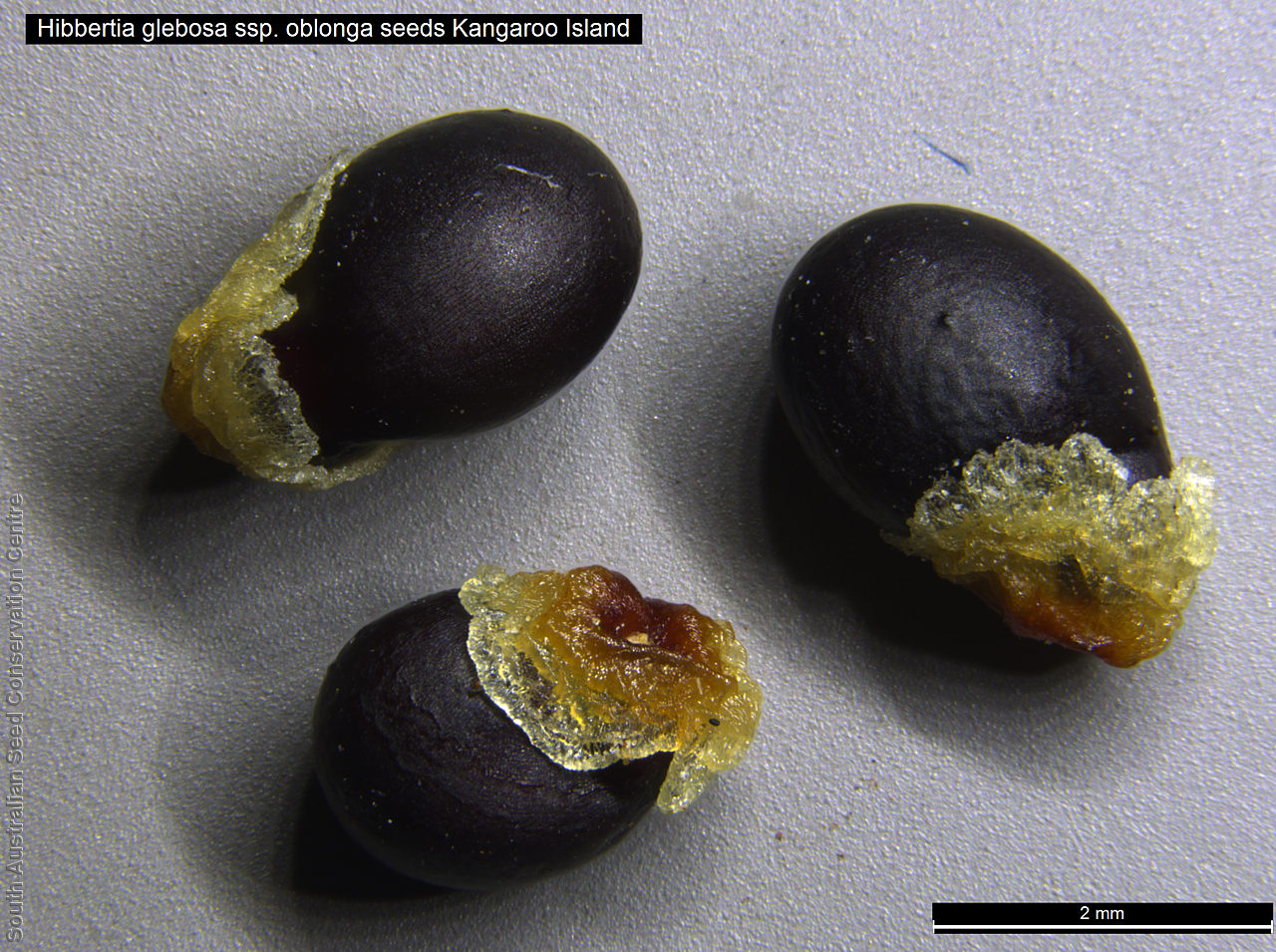
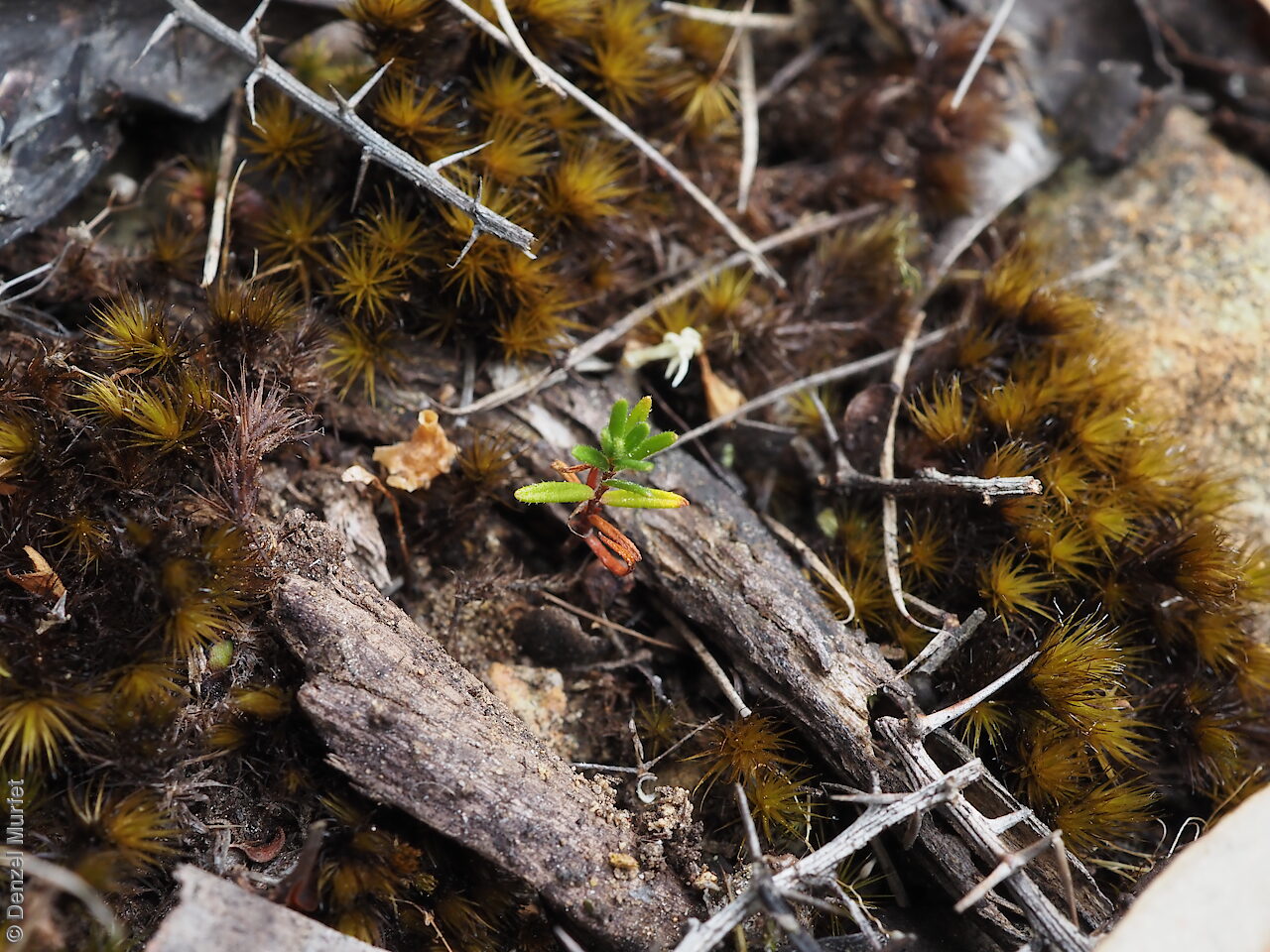
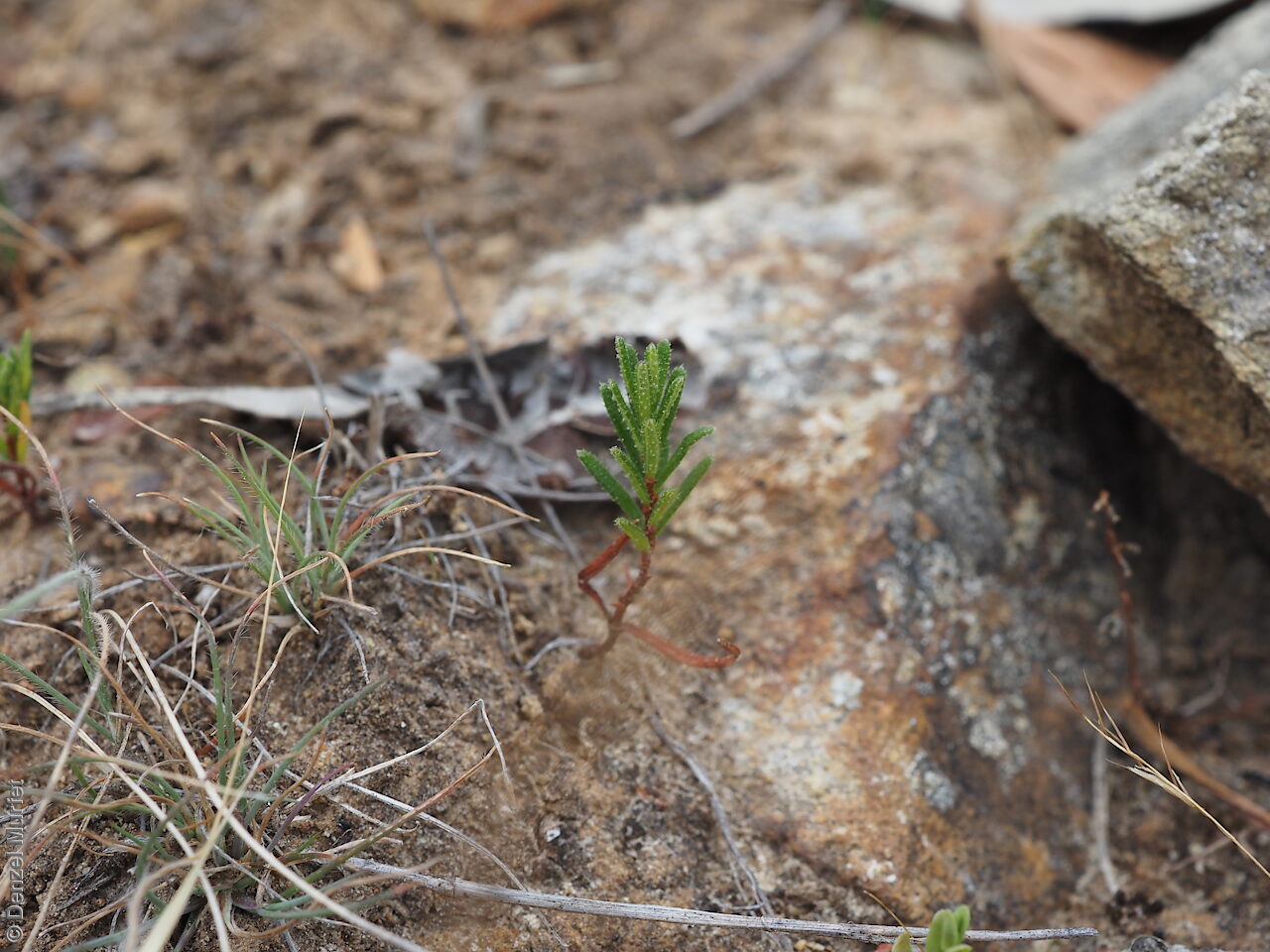
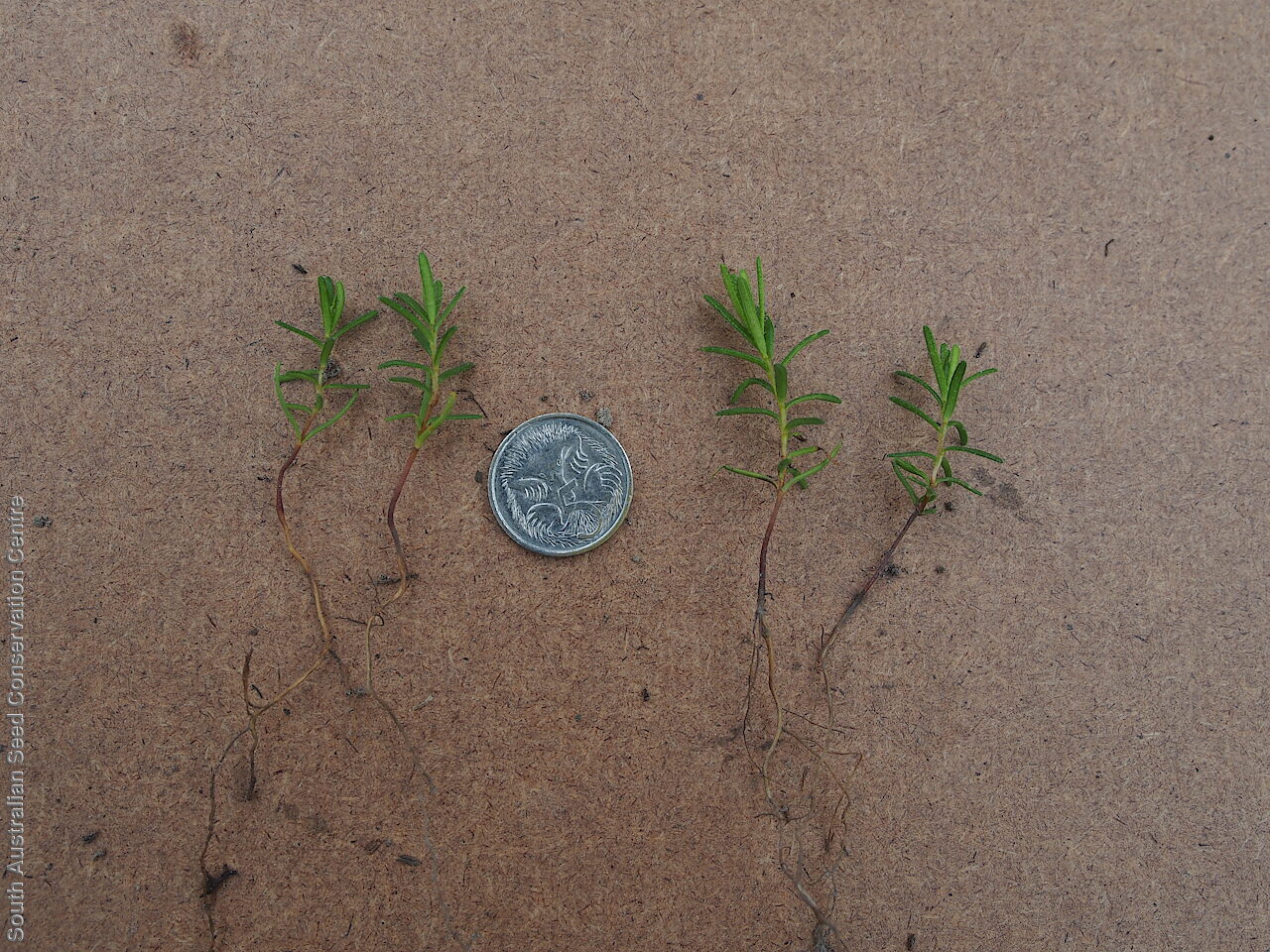
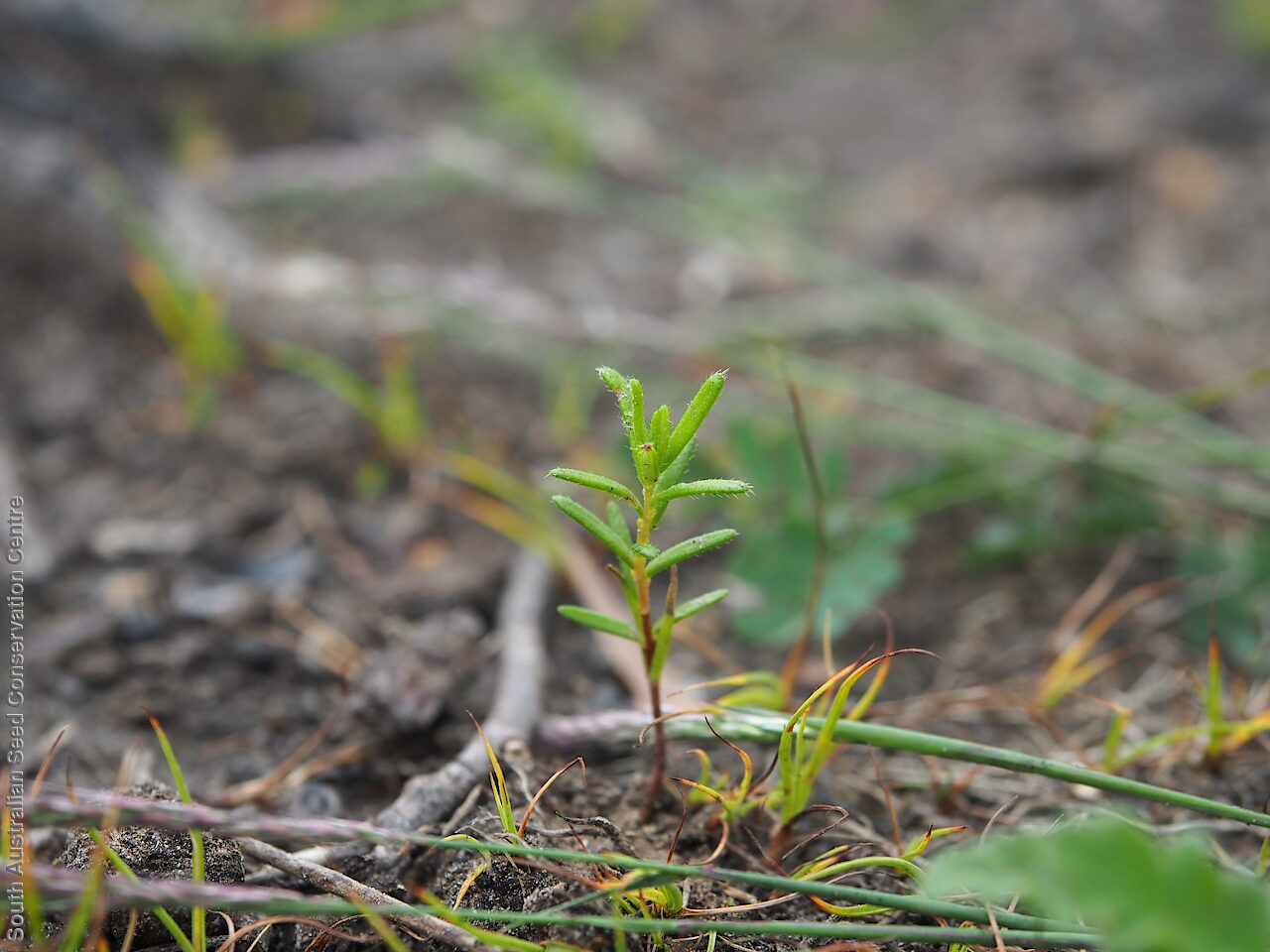
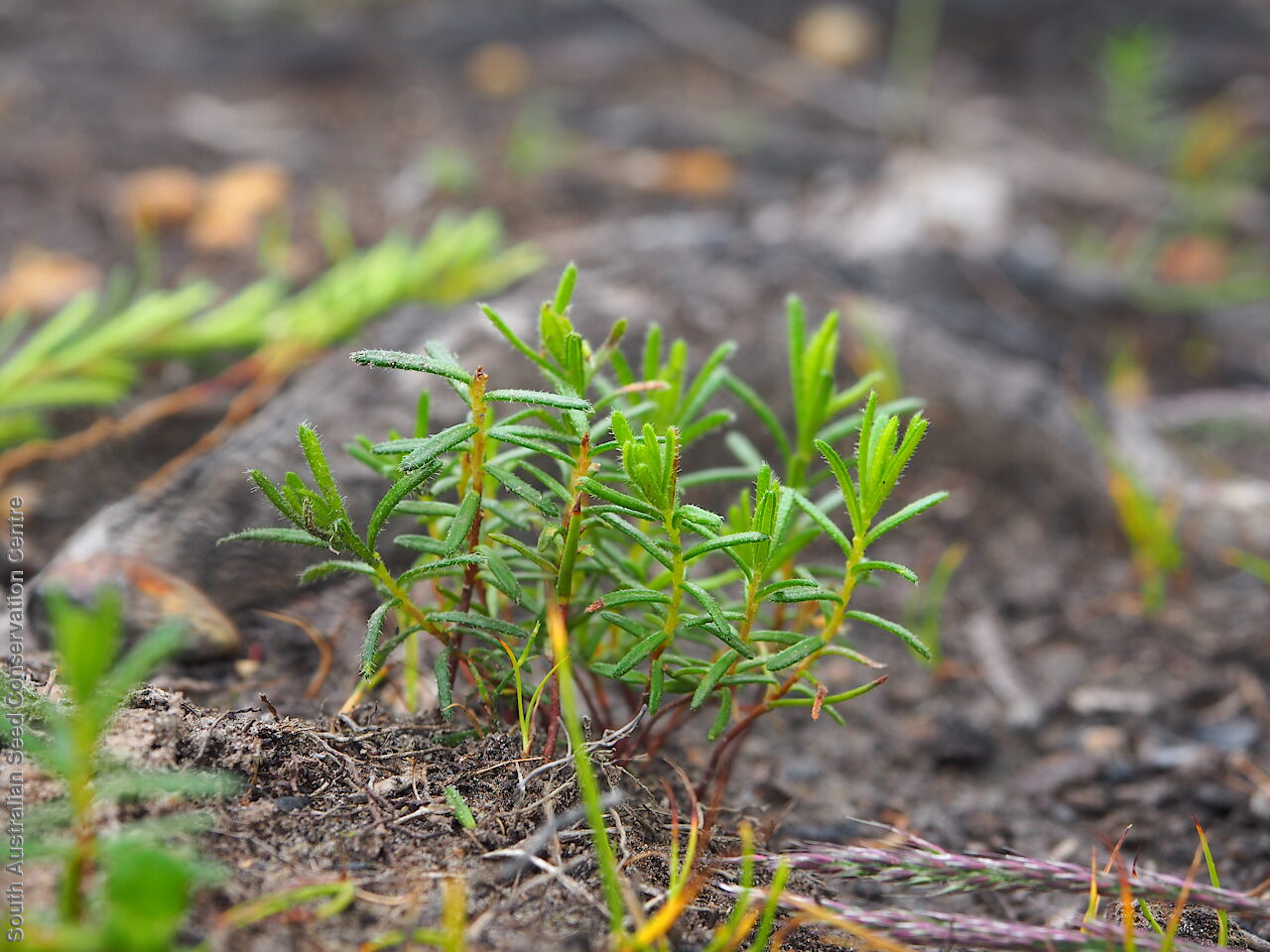
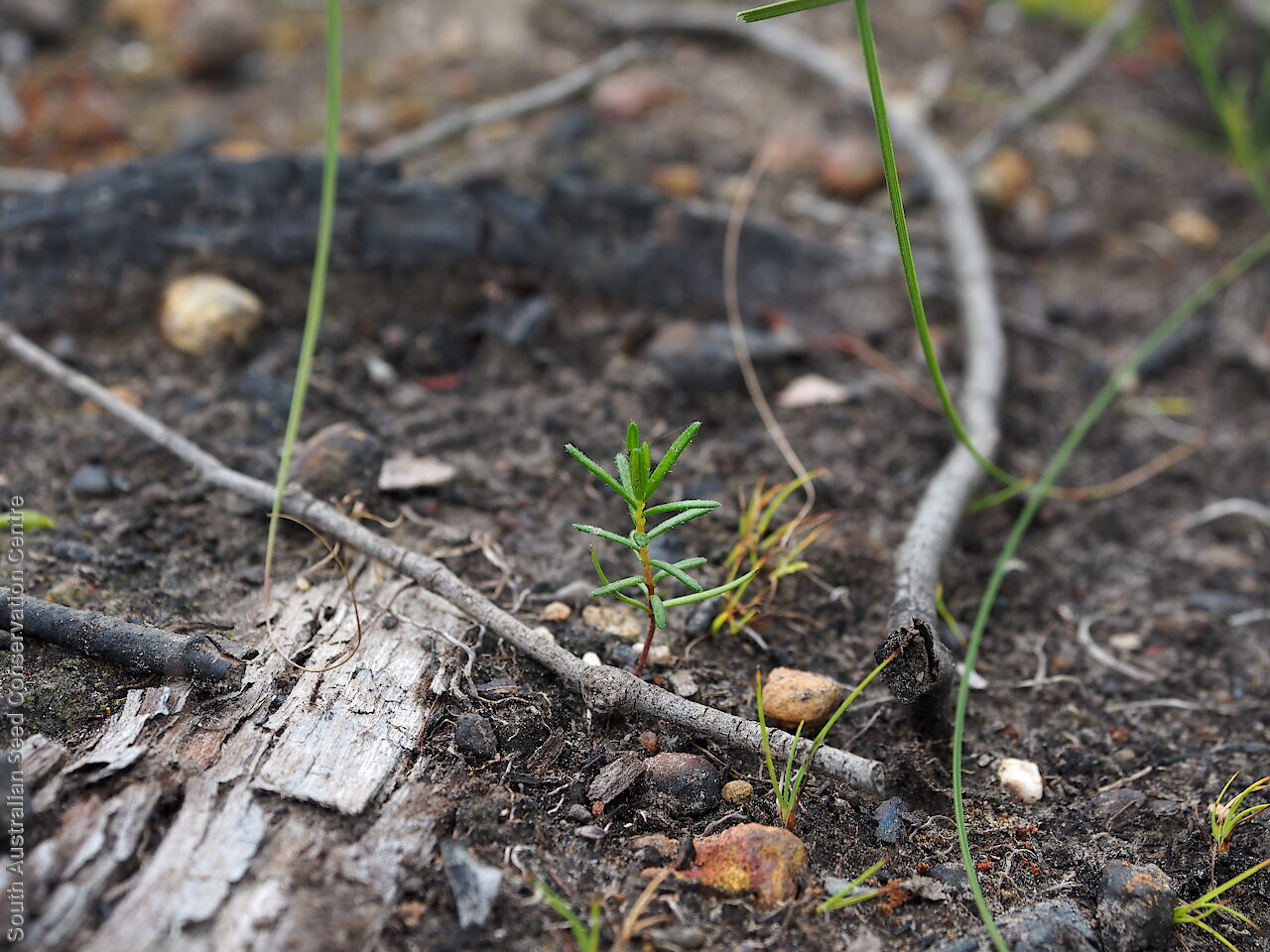

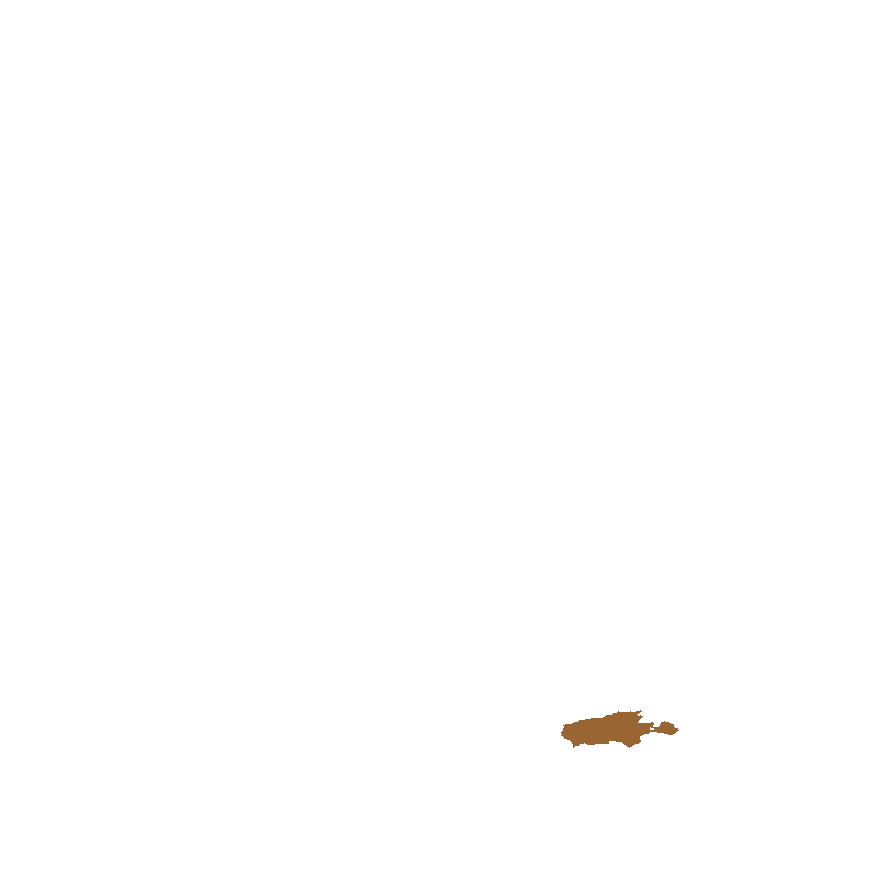
Botanical art
Prior names
Hibbertia globosa ssp. oblonga, orth.var.(orig.)
Hibbertia stricta, partly
Hibbertia stricta var. oblonga
Hibbertia sp. Humilis (H.R.Toelken 9196)
Common names
Oblong-leaf Guinea-flower
Etymology
Hibbertia, named after George Hibbert (1757-1837), a London merchant who maintained a private botanic garden at Chelsea. Glebosa from Latin meaning lumpy, alludes to the uneven surface of particularly the outer calyx lobes and is accentuated when dried which leads to a “bumpy” appearance. Oblonga from Latin meaning oblong (longer than broad, almost parallel sides), referring to the shape of the leaves.
Distribution and status
Endemic to South Australia and found only on the western part of Kangaroo Island, growing in sandy loams and laterite soils in woodland often on the lower slopes in the riparian zone above creek margins. Native. Rare in South Australia.
Herbarium region: Kangaroo Island
AVH map: SA distribution map (external link)
Plant description
Perennial shrubs with rigid spreading branches to 50 cm tall. Leaves linear to oblong-lanceolate to 6 mm long and 2 mm wide or 3–5 times longer than broad. Inflorescence single stalked, yellow flower usually obviously leaf-opposed on distal terminal and axillary branches. Bracts less than half the length of the outer calyx lobes, to 5.2 mm long. Outer calyx lobes acute and more or less as long as inner ones. Flowering between September and October. Fruits are hairy brown capsule on a long recurved stalk. Seeds are ovoid to 3 mm long and 2 mm wide, dark brown to black with a cup-shaped aril cup-shaped.
Fire Response
Obligate re-seeder, only small seedlings observed in the fire scar 1st year post-fire and no re-sprouting plants observed in fire scar proper.
Longevity: >20 years.
Time to first flowering: 4 years.
Recovery work
In 2020 a few populations of this species were assessed in the first year post-fire in the northwest region of Kangaroo Island. A total of only 130 seeds were collected from a few adult plants located in a small section of unburnt roadside refugia. Further searches for populations in unburnt refugia will be undertaken in 2021. Germination screening testing the response to fire cues will be undertaken in 2021. This project work is supported by the Australian Government through the Wildlife & Habitat Bushfire Recovery program.
| Location | No. of seeds (weight grams) | Number of plants | Date collected | Collection number Collection location | Date stored | % Viability | Storage temperature |
|---|---|---|---|---|---|---|---|
| BGA | 1,200 (4.588 g) | 30+ | 29-Dec-2021 | DJD4116 Kangaroo Island | 7-Jul-2022 | 90% | -18°C |
Number of plants: This is the number of plants from which the seeds were collected.
Collection location: The Herbarium of South Australia's region name.
% Viability: Percentage of filled healthy seeds determined by a cut test or x-ray.